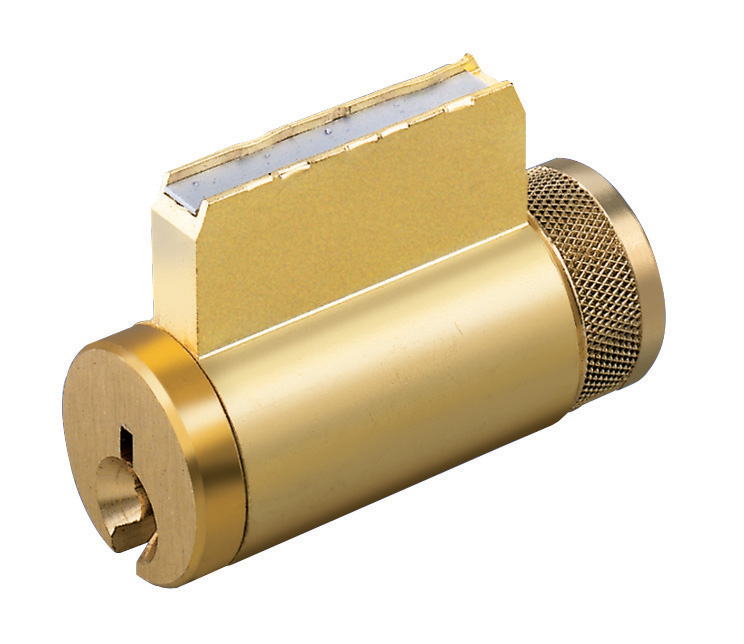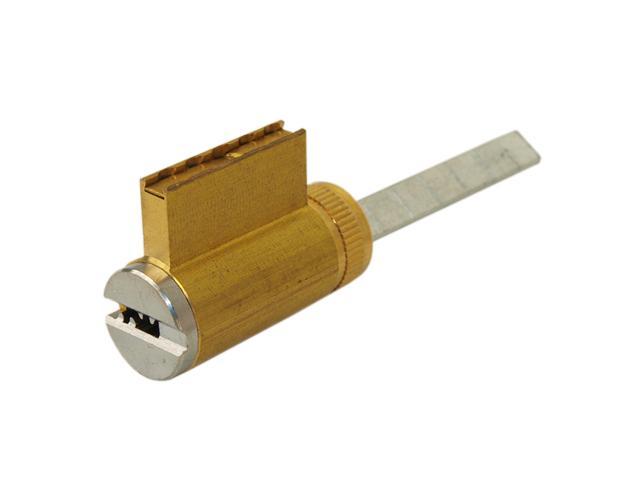A spindle lock nut, a crucial component in various mechanical applications, ensures the secure positioning of parts. This small yet significant device plays a pivotal role in maintaining the stability and efficiency of machinery. Its function is to lock the spindle, preventing unwanted movement and ensuring optimal performance. The spindle lock nut’s importance cannot be overstated, as it contributes to the overall safety and effectiveness of the equipment it is part of. In this article, we’ll explain how a spindle lock nut works.

Components of a Spindle Lock Nut
A spindle lock nut is a critical part of numerous mechanical frameworks, giving strength and guaranteeing ideal execution. This get-together comprises three fundamental parts: the axle, the lock nut, and, at times, direction.
A. Axle
The axle is the core of the get-together. A barrel-shaped bar holds and turns the parts joined to it. In a vehicle, for example, the spindle is important for the suspension framework, holding the wheel orientation and permitting the wheels to unreservedly turn. The spindle’s plan and material creation are basic for its strength and execution. Commonly, high-strength steel is utilized to endure the anxieties of activity.
B. Lock Nut
Then, we have the lock nut. This part gets the axle and any appended parts set up, keeping them from relaxing because of vibrations or rotational powers. The lock nut is strung onto the finish of the spindle, and its snugness can be changed on a case-by-case basis. Some lock nuts element a locking system, for example, a nylon embed or a mutilated string, to guarantee they stay set up even under outrageous circumstances.
C. Bearings (if applicable)
The course is utilized in some axle lock nut congregations to lessen contact and work with smooth revolution. They are regularly situated between the spindle and the parts it upholds, like a wheel center. Heading comes in different kinds, including metal balls and roller orientation, each with its benefits and applications.
How a spindle lock nut works?
-
Working Principle
- Engagement of the Lock Nut with the Spindle
The spindle lock nut, a basic part in different hardware, draws in with the axle through a strong association. This commitment permits the lock nut to get the axle and forestall accidental revolution.
- Mechanism of Tightening
Fixing the spindle lock nut includes pivoting it along the axle’s strings until it is immovably gotten. This activity packs the spindle, making areas of strength for a power that keeps the axle from turning openly.
- Functionality of the Lock Nut in Preventing Spindle Rotation
The essential capability of the spindle lock nut is to keep the axle from turning unexpectedly. By making a firm grasp on the spindle, the lock nut guarantees that the spindle stays fixed except if purposefully changed.
-
Applications
- Automotive Industry
In the auto business, spindle lock nuts are normally utilized in vehicle suspension frameworks. They secure the wheel center and bearing to the spindle, guaranteeing smooth and safe vehicle activity.
- Machinery and Equipment Manufacturing
Spindle secure nuts assume a critical part in different hardware and gear. They are utilized in machine devices, transport frameworks, and other modern hardware to get moving parts and keep up with functional effectiveness.
- Development and Building Industry
In the development business, spindle lock nuts are utilized in power apparatuses and development gear. They guarantee the dependability and safety of these devices, adding to productive and safe development processes.

-
Benefits of spindle lock nuts
- Improved Security
Spindle lock nuts upgrade safety by forestalling unexpected axle turns. This element lessens the gamble of gear glitches and likely mishaps.
- Prevention of Unintentional Spindle Rotation
By getting the spindle solidly, axle lock nuts forestall accidental pivot. This element guarantees the strength and dependability of the gear.
- Facilitation of Maintenance and Repair
Axle lock nuts work with upkeep and fix by permitting simple changes of the spindle. They can be immediately slackened or fixed, making gear support more effective.
-
Variations and Types
- Manual Spindle Lock Nuts
Manual spindle lock nuts require a manual change. They are regularly utilized in applications where exact command over the spindle position is required.
- Automated Spindle Lock Nuts
Mechanized spindle lock nuts can be changed naturally, lessening the requirement for manual mediation. They are great for applications where regular changes are essential.
- Specialized Spindle Lock Nuts for Specific Applications
There are additionally particular spindle lock nuts intended for explicit applications. These incorporate lock nuts for high-temperature conditions, substantial applications, and other concentrated needs.
Last Words
The spindle lock nut is an unsung hero in the realm of mechanical applications. Its role in securing the spindle and ensuring the smooth operation of machinery is indispensable. Understanding its workings not only enhances our appreciation for these intricate devices but also underscores the importance of each component in a system’s overall functionality. The spindle lock nut, though small in size, makes a significant impact on the efficiency and safety of various applications.
